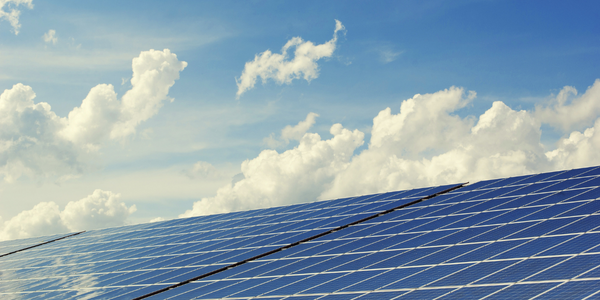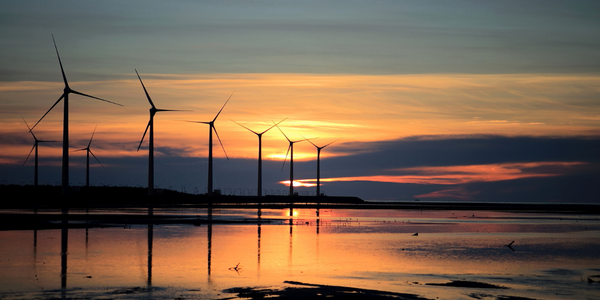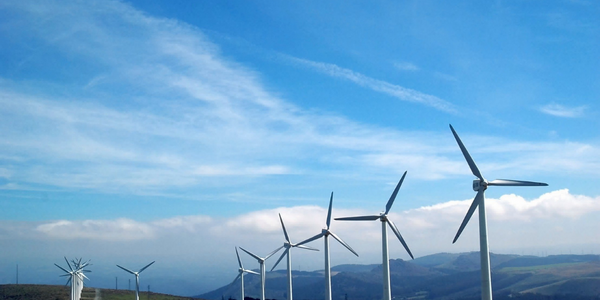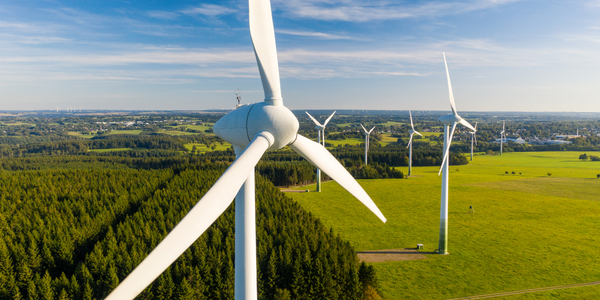技术
- 基础设施即服务 (IaaS) - 云计算
- 传感器 - 温度传感器
适用行业
- 汽车
- 可再生能源
用例
- 泄漏与洪水监测
- 储罐液位监测
服务
- 系统集成
关于客户
Agder Energi是挪威第三大发电商,年平均发电量为8.1太瓦时。该公司位于克里斯蒂安桑,负责加工和管理可再生能源。其主要业务包括可再生能源的生产、分销和销售以及其他能源相关服务。 Agder Energi 由阿格德尔市政府 (54.5%) 和 Statkraft Holding (45.5%) 所有,拥有约 1,400 名员工。该公司使用 BizTalk Server 来管理每天处理约 200,000 笔交易的复杂系统。
挑战
Agder Energi 是挪威最大的能源生产商之一,在管理每天处理约 200,000 笔交易的复杂系统方面面临着重大挑战。他们使用 System Center Operations Manager (SCOM) 来监视 BizTalk Server 环境,但发现它更适合基础架构监视而不是应用程序级别监视。团队必须不断监控环境并在问题发生时找出问题的根本原因。例如,如果将数据输入 BizTalk Server 的系统失败,则属于违规行为,需要通知管理团队。此外,没有简单的方法可以使用 SCOM 自动执行重复使用的操作/任务。该团队还必须遵守严格的政策,以确保环境健康,这对 SCOM 来说是一个挑战。
解决方案
Agder Energi 求助于 BizTalk360(BizTalk 服务器管理和监控领域的市场领导者)来帮助他们克服挑战。经过Agder合作伙伴技术团队的仔细评估和Agder团队的验证后,选择了BizTalk360。选择 BizTalk360 的主要原因之一是其丰富的自动修复功能,这显着减少了在 BizTalk 服务器环境上执行的单调任务,例如重新启动停止的实例和启用/禁用工件。 BizTalk360 还针对环境中的任何故障提供即时通知,将团队从被动监控转变为主动监控。该团队还使用流程监控功能来跟踪工件的预期状态与实际状态,并使用企业服务总线 (ESB) 门户功能来查看 ESB 异常消息并重新提交消息。业务活动监控 (BAM) 门户用于跟踪活动。
运营影响
数量效益

Case Study missing?
Start adding your own!
Register with your work email and create a new case study profile for your business.
相关案例.

Case Study
Remote Monitoring & Predictive Maintenance App for a Solar Energy System
The maintenance & tracking of various modules was an overhead for the customer due to the huge labor costs involved. Being an advanced solar solutions provider, they wanted to ensure early detection of issues and provide the best-in-class customer experience. Hence they wanted to automate the whole process.

Case Study
Vestas: Turning Climate into Capital with Big Data
Making wind a reliable source of energy depends greatly on the placement of the wind turbines used to produce electricity. Turbulence is a significant factor as it strains turbine components, making them more likely to fail. Vestas wanted to pinpoint the optimal location for wind turbines to maximize power generation and reduce energy costs.

Case Study
Siemens Wind Power
Wind provides clean, renewable energy. The core concept is simple: wind turbines spin blades to generate power. However, today's systems are anything but simple. Modern wind turbines have blades that sweep a 120 meter circle, cost more than 1 million dollars and generate multiple megawatts of power. Each turbine may include up to 1,000 sensors and actuators – integrating strain gages, bearing monitors and power conditioning technology. The turbine can control blade speed and power generation by altering the blade pitch and power extraction. Controlling the turbine is a sophisticated job requiring many cooperating processors closing high-speed loops and implementing intelligent monitoring and optimization algorithms. But the real challenge is integrating these turbines so that they work together. A wind farm may include hundreds of turbines. They are often installed in difficult-to-access locations at sea. The farm must implement a fundamentally and truly distributed control system. Like all power systems, the goal of the farm is to match generation to load. A farm with hundreds of turbines must optimize that load by balancing the loading and generation across a wide geography. Wind, of course, is dynamic. Almost every picture of a wind farm shows a calm sea and a setting sun. But things get challenging when a storm goes through the wind farm. In a storm, the control system must decide how to take energy out of gusts to generate constant power. It must intelligently balance load across many turbines. And a critical consideration is the loading and potential damage to a half-billion-dollar installed asset. This is no environment for a slow or undependable control system. Reliability and performance are crucial.

Case Study
Remote Monitoring and Control for a Windmill Generator
As concerns over global warming continue to grow, green technologies are becoming increasingly popular. Wind turbine companies provide an excellent alternative to burning fossil fuels by harnessing kinetic energy from the wind and converting it into electricity. A typical wind farm may include over 80 wind turbines so efficient and reliable networks to manage and control these installations are imperative. Each wind turbine includes a generator and a variety of serial components such as a water cooler, high voltage transformer, ultrasonic wind sensors, yaw gear, blade bearing, pitch cylinder, and hub controller. All of these components are controlled by a PLC and communicate with the ground host. Due to the total integration of these devices into an Ethernet network, one of our customers in the wind turbine industry needed a serial-to-Ethernet solution that can operate reliably for years without interruption.

Case Study
Integral Plant Maintenance
Mercedes-Benz and his partner GAZ chose Siemens to be its maintenance partner at a new engine plant in Yaroslavl, Russia. The new plant offers a capacity to manufacture diesel engines for the Russian market, for locally produced Sprinter Classic. In addition to engines for the local market, the Yaroslavl plant will also produce spare parts. Mercedes-Benz Russia and his partner needed a service partner in order to ensure the operation of these lines in a maintenance partnership arrangement. The challenges included coordinating the entire maintenance management operation, in particular inspections, corrective and predictive maintenance activities, and the optimizing spare parts management. Siemens developed a customized maintenance solution that includes all electronic and mechanical maintenance activities (Integral Plant Maintenance).








